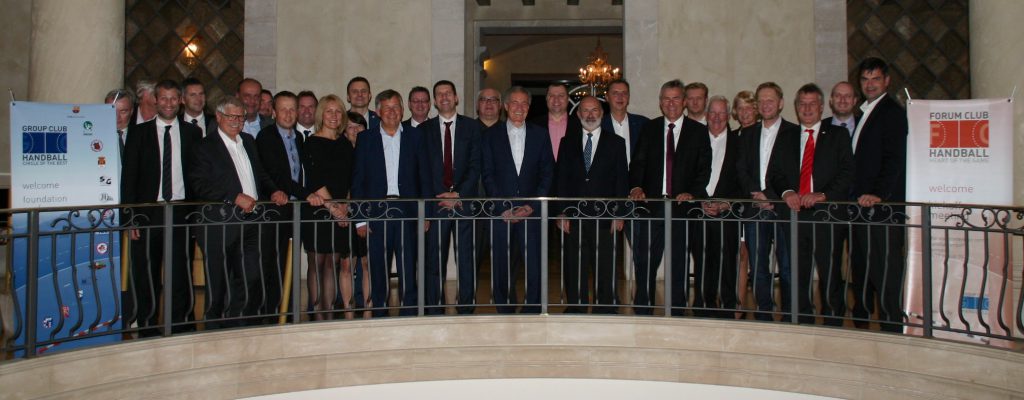
The 10th anniversary of FCH was celebrated on the fringes of the ordinary board meetings of the Men’s and the Women’s Forum Club Handball in Spain on 6th November 2016.
FCH President Xavier O’Callaghan welcomed the guests, among them from the International Handball Federation President Dr. Hassan Moustafa, from the European Handball Federation President Jean Brihault and Secretary General Michael Wiederer, from the European Professional Handball Leagues Association President Frank Bohmann, from Euroleague Basketball Elisendra Salrach, from Women’s FCH President Zsolt Akos Jeney and the former FCH Presidents Tomaz Jersic and Joan Marin.
During a reception the guests were interviewed and described their relation to Forum Club Handball. In the following dinner Xavier O’Callaghan highlighted the situation in 2006 which lead to the foundation of the FCH predecessor Group Club Handball. Jean Brihault emphasized the unity of the handball family: There is no ‘you’ and ‘we’, there is only an ‘us’. Hassan Moustafa stressed in his speech the importance of the clubs for the handball system and showed his willingness to communicate with the clubs on a regular basis.
